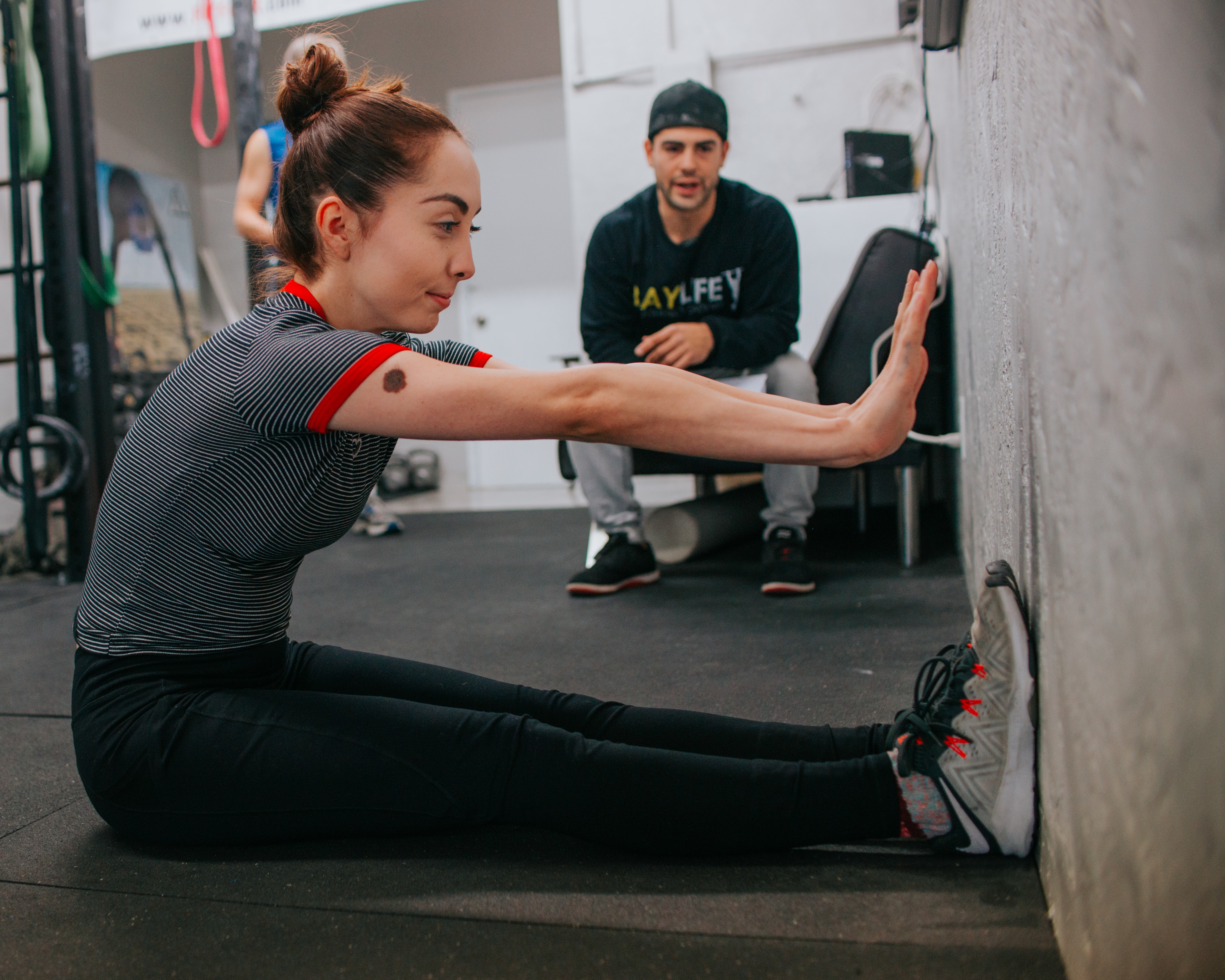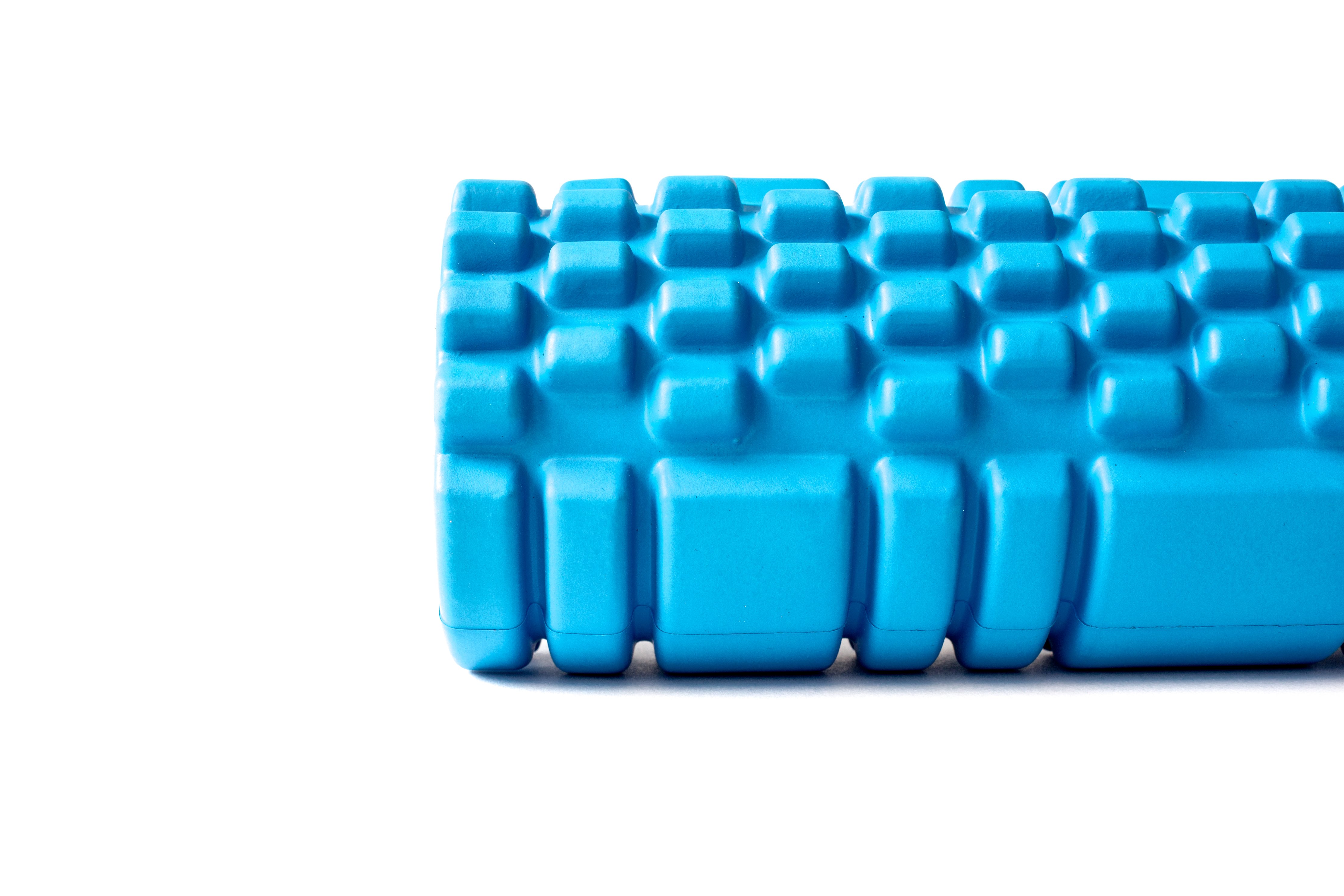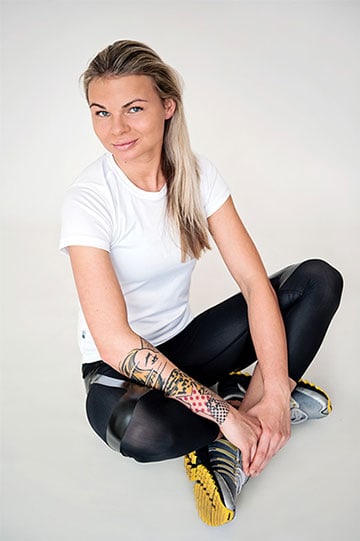5 Simple Exercises to Help Prevent Knee Pain
There is always something that can be done to prevent knee pain. Studies have shown that strengthening exercises for the quadriceps and hamstrings, as well as stretching the hip flexors, can help alleviate symptoms of anterior knee pain.
These below exercises are best performed two to five times a week in 10-minute sessions with a rest day after every three days.
However, if you have any other underlying health issues, please see your doctor to make sure it’s safe for you to exercise before proceeding.
Creating Your Routine
First, create a routine that you can stick to for at least 14 days. The repetitive nature of the exercises will help prevent knee pain in the joint by increasing muscle strength, stabilising joints, and alleviating tension due to poor movement patterns. Remember to rest and also do some gentle stretching before and after the exercises, which can be done for about 10 seconds each.
Warming Up First
When performing these exercises, it is best to warm up your legs by taking a leisurely stroll around the house before starting up with the routines. This will help prepare the muscles and joints for more strenuous activity and reduce your chances of injury.
First Exercise: Lunges & Squats
The first exercise is lunges and squats. Both of these exercises are great for strengthening the quadriceps muscles, and they can be done with or without weights.
However, you can get more out of the exercise by holding a dumbbell in each hand while working your legs. It may feel a little awkward at first, but this will help increase your strength and flexibility as you train. Start with three to five sets of 10 repetitions before moving on to the next exercise.
If you don’t have weights, you can also do lunges and squats using your body weight. Lunges work the quadriceps and hamstrings, while squats work all four of the quad muscles, as well as the glutes.
The added bonus is that squats are also great for building lower body strength.
Make sure to switch your legs in between each rep to avoid putting excess weight on one leg over time. Start with three to five sets of 10 repetitions before moving on to the next exercise.
Second Exercise: Leg Extensions
The second exercise is leg extensions. This will help to strengthen the quadriceps, and it’s much easier than traditional squats or lunges. You can use your upper body to aid in lifting the weight, but don’t use your hands or rely on them entirely, as this can increase your risk of injury.
Start with three to five sets of 10 repetitions before moving on to the next exercise.
Third Exercise: Leg Curls
Leg curls are the third exercise. These help to strengthen the hamstrings and you can do them with your body weight. If you want to increase the intensity you can use some weight with your legs extended at a right angle with your body. Start with three to five sets of 10 repetitions before moving on to the next exercise.
Fourth Exercise: Hip Flexor Stretch
The fourth exercise is a hip flexor stretch. The hip flexors includes the muscles in the front of your hips, such as the iliopsoas, psoas, and rectus femoris.
These muscles can get tight from long periods of sitting or from poor flexibility. Perform three sets of 10 repetitions before moving on to the next exercise.
Fifth Exercise: Hip Flexor Strengthening
The fifth exercise is a hip flexor strengthening exercise. This will help strengthen the hip flexors, and it can be done with or without weights. Start with three to five sets of 10 repetitions.
What You Must NOT Do
You must not perform this routine if you have any other health issues, including kidney disease, diabetes, back issues, bursitis or arthritis.
Don’t jump around or perform any high-impact exercises while you’re doing these strengthening exercises if you’re someone who is not use to exercising regularly.
One Last Word
The main goal of these exercises is to strengthen and lengthen the muscles around your knees so you can prevent knee pain.
Hopefully, with this routine, you will be able to stay pain-free for a long time!
Links & Resources
RESEARCHGATE – The Effect of Taping, Quadriceps Strengthening and Stretching Prescribed Separately or Combined on Patellofemoral Pain
WEBMD – 8 Exercises to Help Your Knees







